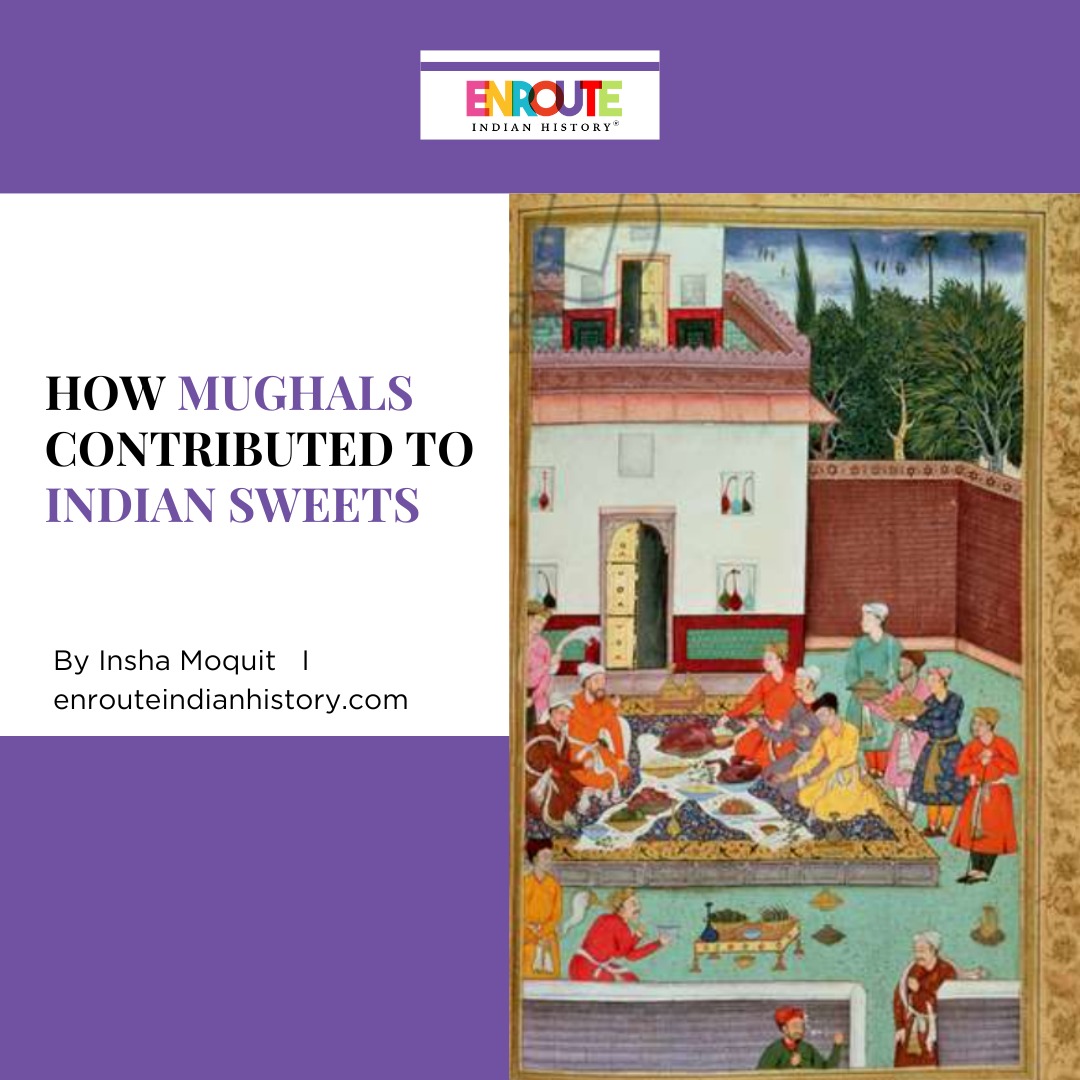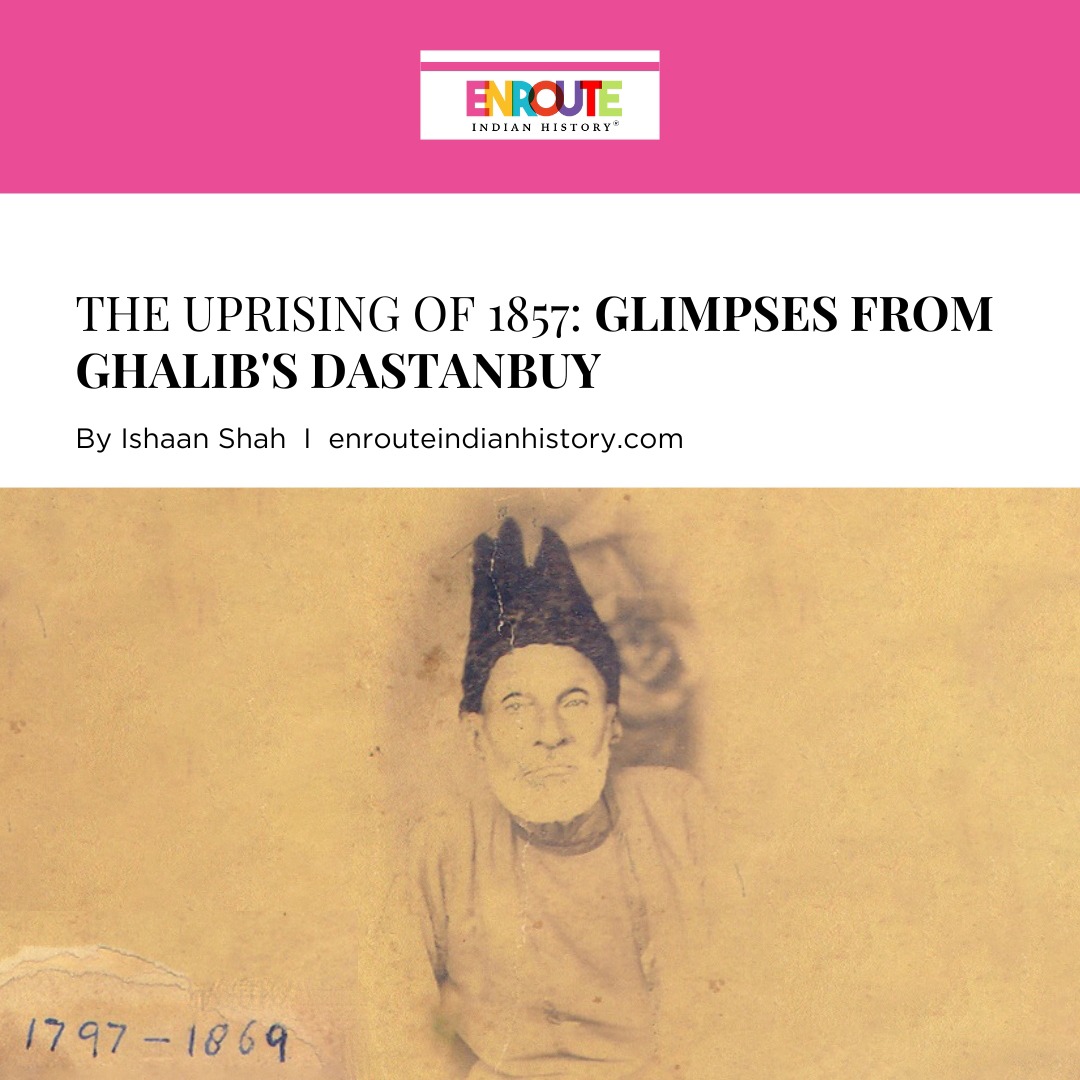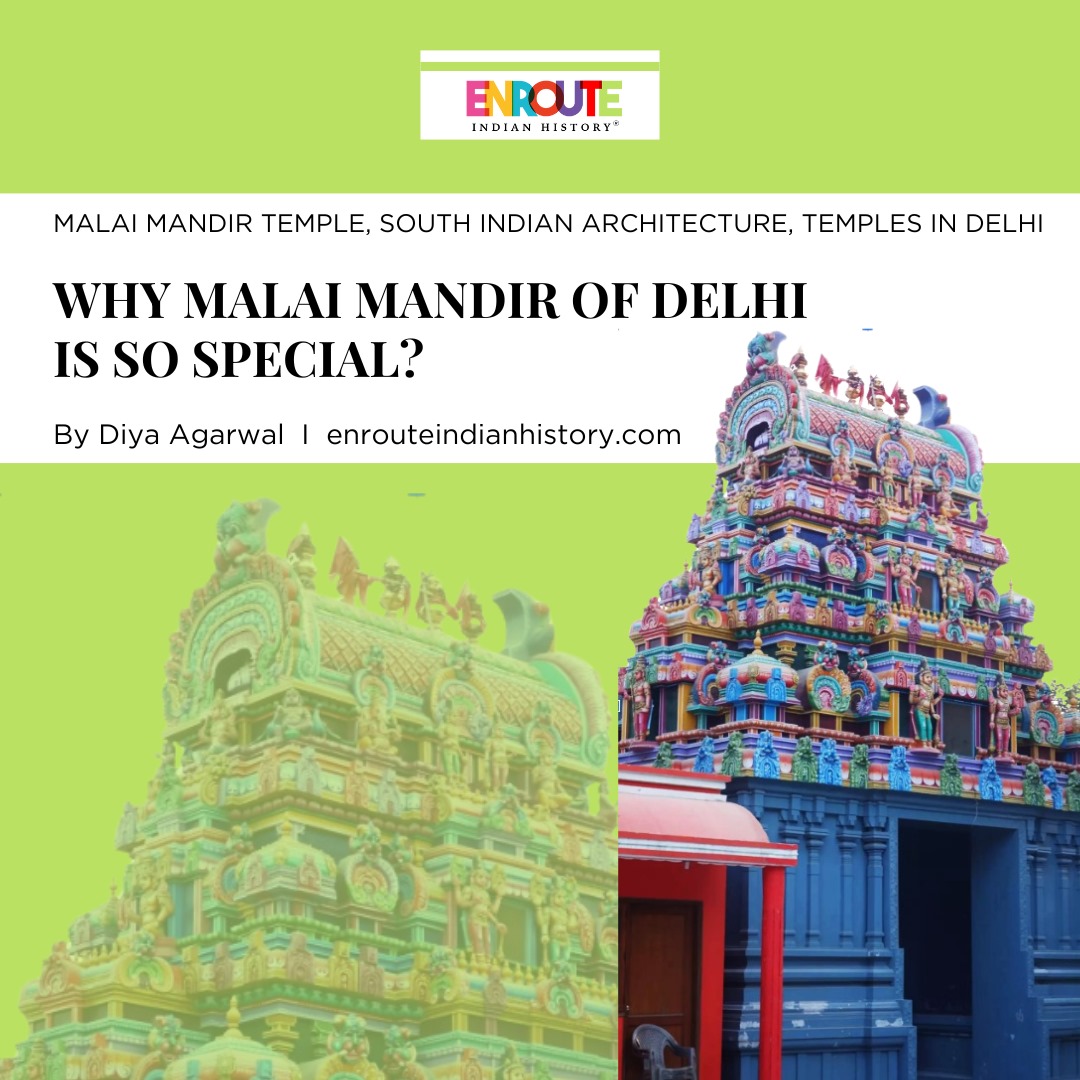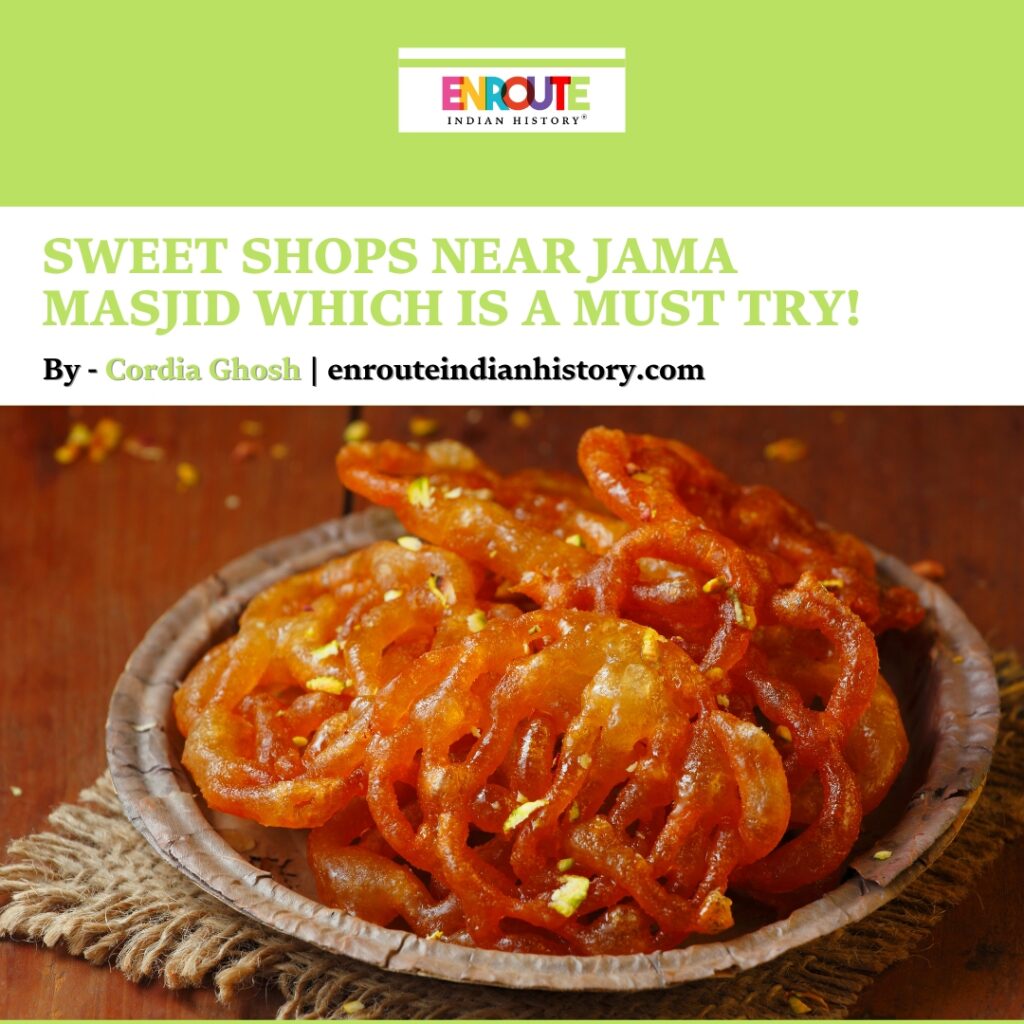
Jama Masjid, or Masjid-e-Jahan Numa, stands as one of Delhi’s most iconic landmarks, attracting visitors with its stunning architecture and the irresistible aromas of Mughlai sweets that fill the air around it. This majestic mosque is enveloped by narrow, bustling streets brimming with food stalls where the energy is as captivating as the food itself. While Aslam’s butter-drenched chicken and Haji Mohammad’s crispy fried chicken are the stars of the savoury scene, did you know that the sweet traditions here are just as legendary?
As you wander through the area, your senses will be delighted by the fragrant wafts of traditional Mughal-era desserts. From the soft, sweet sheermal at Rehmatullah Hotel to the creamy phirni at Al-Jawahar, there’s a dessert to suit every palate. Be sure to save some room after enjoying the spicy nihari from Hilal, and don’t forget to wash it all down with Qureshi’s refreshing Mohabbat ka sharbat, a rosy watermelon delight that’ll transport you straight back to the royal courts of yore.
Let’s take a journey down the sweet lane of Jama Masjid, where centuries-old recipes and irresistible aromas of Mughlai sweets continue to reign supreme.
Sheermal: the king of breads
Bite into the golden, saffron-kissed layers of sheermal, and you’ll immediately understand why it’s known as the king of bread, a fitting part of the sweet traditions around Jama Masjid, Delhi. At Rehmatullah Hotel, also known as Garib Hotel (located at 105-110, Bazar Matia Mahal, Jama Masjid, opposite Gate No-1), this iconic Mughlai sweet bread has been perfected for generations.
The recipe for sheermal, which originated in Persia, was brought to India by the Mughals. Made by mixing flour with warm milk, sugar, ghee, and saffron-infused water, sheermal is baked in a tandoor or clay oven to create a soft, fragrant, mildly sweet bread. Its name comes from two Persian words: “Sheer,” meaning milk, and “Mal,” meaning to knead. This Mughlai sweet bread is a cornerstone of Jama Masjid’s culinary landscape.
In the bustling streets of Old Delhi, sheermal is often paired with rich, spicy dishes like mutton stew, nihari, or korma, where its subtle sweetness balances the bold flavours of the curries. At Rehmatullah Hotel, the sheermal is made fresh and served hot, its tender layers melting in your mouth. So flavorful, it can be enjoyed on its own. Sheermal is a staple around Jama Masjid, Delhi, available at numerous stalls. Many visitors even take it home as a delicious souvenir of their exploration of Mughlai sweets in this vibrant part of Delhi.
Shahi Tukda: Fit for a King
Derived from the Persian words “shahi,” meaning royal, and “tukda,” meaning piece, this dessert truly embodies its regal origins. Shahi Tukda is a rich and popular treat from Mughlai cuisine that reflects the sweet traditions of Jama Masjid, Delhi. It consists of ghee-fried bread soaked in rich sugar syrup, generously topped with rabri (sweetened thickened milk), and adorned with dried fruits and exotic saffron. This decadent sweet is further garnished with nuts like almonds, pistachios, and cashews, and sometimes even embellished with edible silver leaf (varak).
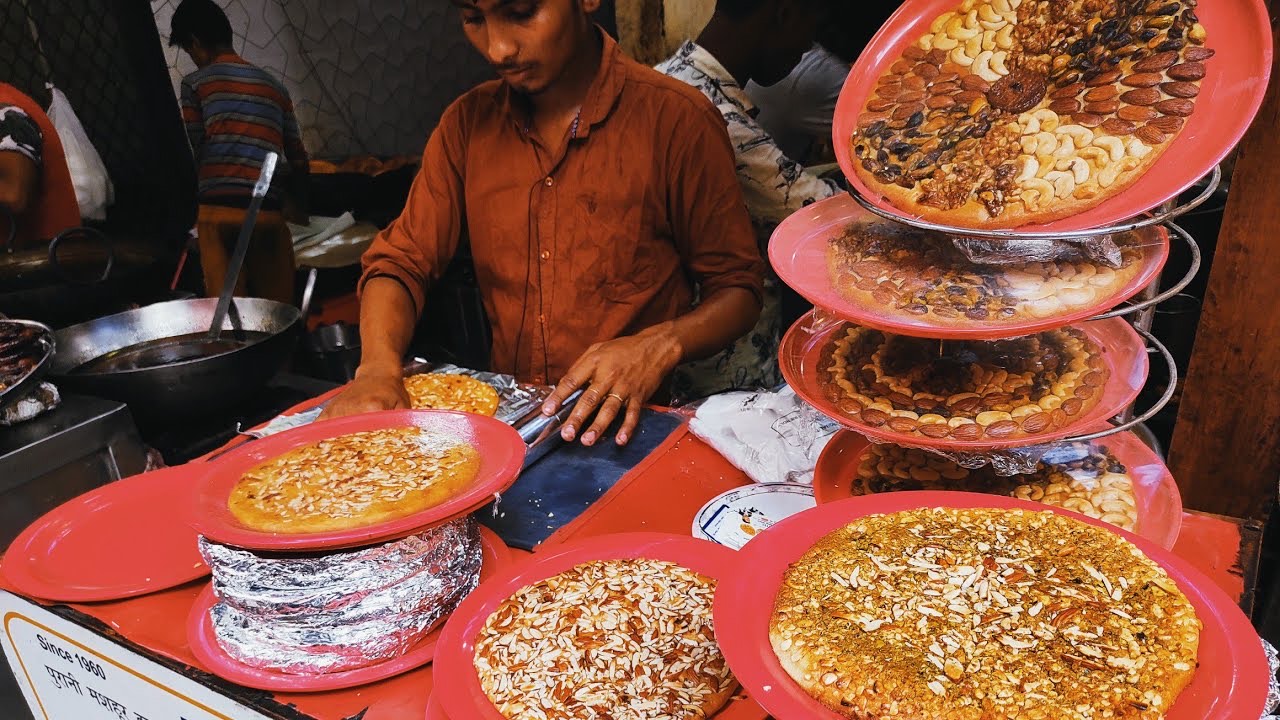
Shahi Tukda is believed to have been a favourite in the Mughal courts, often gracing royal banquets with its presence. While Jama Masjid is renowned for its savoury delights, the sweet aroma of Shahi Tukda irresistibly draws food lovers toward the dessert stalls. The preparation may seem simple, but the infusion of delicate Mughlai flavours makes this dish truly special. Vendors around Jama Masjid have perfected their recipes over decades, transforming this dessert into a luxurious treat.
At Kool Point, located at 973, Bazar Matia Mahal, Jama Masjid, Old Delhi, Shahi Tukda is the show’s star. This spot is not only famous for its Shahi Tukda but also for its delicious Phirni. If you’re craving an authentic Mughlai sweet, Kool Point is a must-visit for a taste of royal decadence and a true representation of Jama Masjid’s sweet traditions.
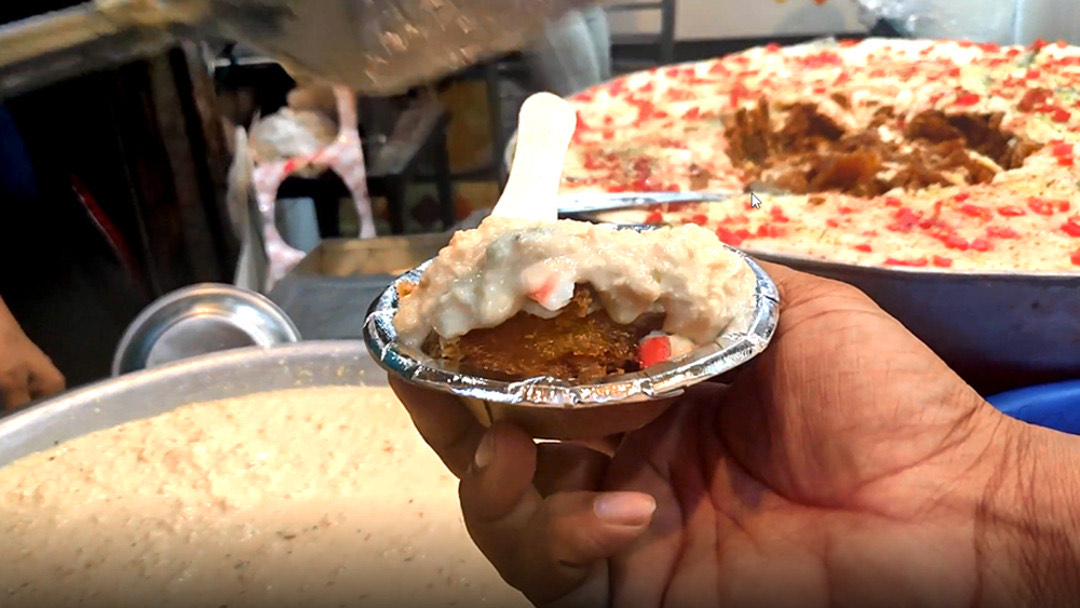
Shahi Tukda at Kool Point
Phirni: A Delicate Mughal Delight
Phirni, a creamy rice pudding, traces its origins back to the kitchens of Mughal emperors. Traditionally made with ground rice, milk, and sugar, it’s flavoured with cardamom, saffron, and rose water. What sets phirni apart is its presentation—served in small earthen bowls that enhance its subtle flavour and reflect the sweet traditions of Jama Masjid, Delhi.
Around Jama Masjid, phirni is an essential part of any post-feast indulgence. The richness of this Mughlai sweet, combined with a hint of fragrant spices, makes it a go-to dessert after an evening meal of kebabs and biryani. The earthen bowls not only enhance the taste but also provide a nostalgic touch, preserving the traditional preparation of Mughlai sweets.
Al-Jawahar, located in Jama Masjid, Delhi, is renowned for its phirni, and for good reason—it’s been perfecting this royal dessert for decades, staying true to its regal origins. If you’re exploring Jama Masjid, don’t miss out on tasting this quintessential Mughlai treat at Al-Jawahar.
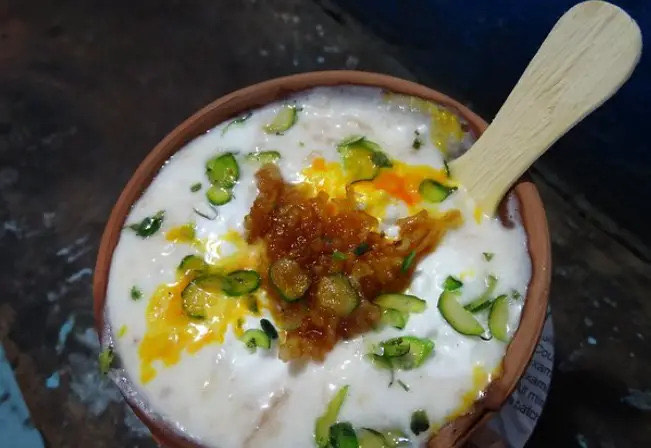
phirni
Seviyan: The Sweet Threads of Celebration
Seviyan (also known as Sheer Khurma) is a delicious vermicelli-based dessert with deep roots in Mughal cuisine, making it a beloved festival favourite. This traditional treat is made from roasted vermicelli, milk, and sugar, and is often garnished with almonds, pistachios, and cardamom, blending sweetness with rich flavours.
An article in the Deccan Herald delves into the origins of seviyan, highlighting its evolution during the Mughal era. Hand-rolling seviyan was once a traditional occupation that gained popularity under Mughal rule. Emperor Humayun is credited with rekindling the court’s affection for this sweet by reintroducing the Persian kurma as dum ki seviyan. However, it was Emperor Shah Jahan who perfected the dish, incorporating spices, ghee, and dry fruits. Legend has it that Shah Jahan even requested a special sunset-coloured varak (edible foil) to adorn the dessert, a tradition that continued until Bahadur Shah Zafar’s time, who reportedly made his seviyan by hand.
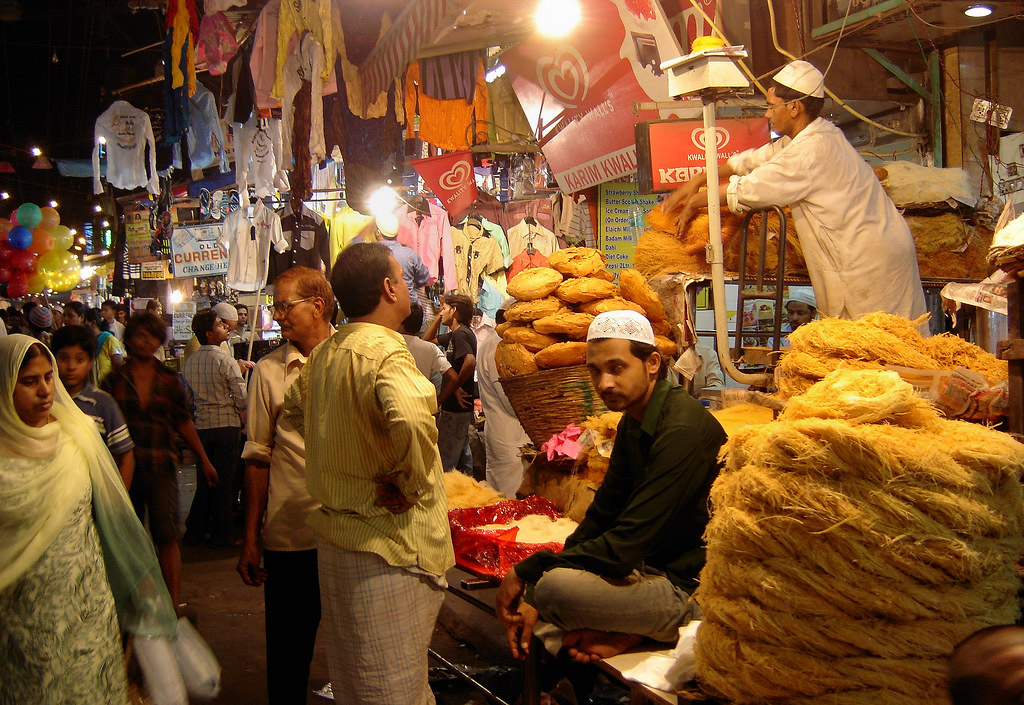
Sewai and Feniyan stalls at Jama Masjid
During festivals like Eid, the streets surrounding Jama Masjid, Delhi, come alive with seviyan sellers. This traditional Mughlai sweet plays a significant role in Mughal celebrations, symbolising prosperity and joy. A single bite of seviyan instantly transports you to the grand feasts of the Mughal courts, where it was lovingly prepared for festive occasions.
Karachi Halwa: A Taste of Mughal Opulence
Chaina Ram Sindhi Confectioners has been a beloved fixture in Old Delhi since the early 1900s, renowned for its exquisite halwas. This historic shop, located near Jama Masjid, Delhi, offers a variety of delectable options, including Karachi Halwa, Sohan Halwa, Pista Halwa, Badam Halwa, Habshi Halwa, Gajar Halwa, Suji Halwa, Moong-Dal Halwa, and Special Halwa. Among these, the Karachi Halwa and Badam Halwa stand out as the most popular.
Karachi Halwa, in particular, is a standout creation that exemplifies Mughlai sweets. Made from a rich blend of dry fruits and flavoured with aromatic spices, this halwa reflects the opulence of Mughal-era desserts. Its origins can be traced back to the Mughal kitchens, where halwas were prized for their luxurious ingredients and intricate preparation methods. The Mughal emperors were known for their love of sweet dishes, and halwa was often featured in royal banquets, celebrated for its rich, sweet flavours and elaborate presentation.
At Chaina Ram, Karachi Halwa remains true to its roots, delivering a taste that evokes the grandeur of Mughal feasts. The halwa’s texture and sweetness have been perfected over generations, making it a cherished treat for both locals and visitors. Whether enjoyed as a special indulgence or as part of a festive celebration, Karachi Halwa from Chaina Ram offers a delectable slice of sweet traditions and Mughlai heritage.
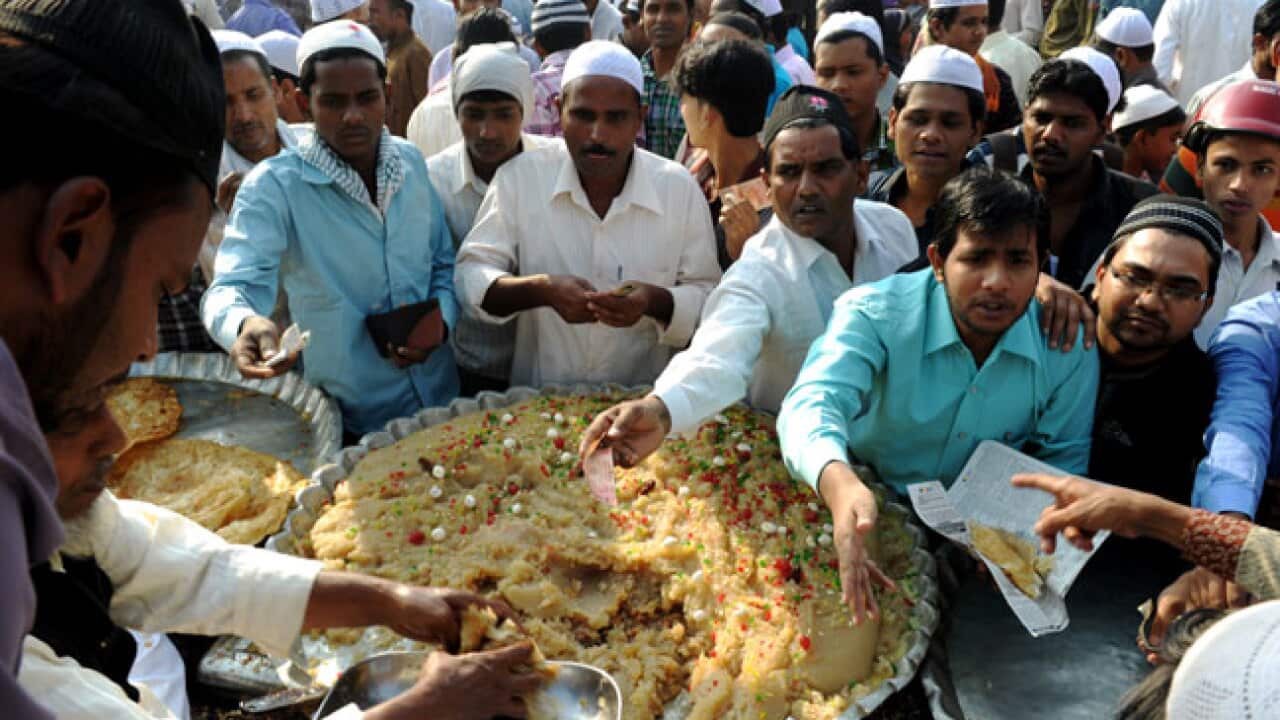
Eid’s Sweet Tradition
Paneer Jalebi and Mawa Samosa: A Sweet Tradition at Kallan Sweets
Located at Shop 4-5, Bazaar Matia Mahal, directly across from the gate of Jama Masjid, Kallan Sweets is renowned for its delectable traditional sweets, including their famous samosas, jalebis, and paneer pakoras. A standout offering at Kallan Sweets is their Paneer ki Jalebi, a unique treat made from a batter of cottage cheese (paneer) and maida, setting it apart with its rich and distinct flavour that epitomises Mughlai sweets.
In addition to their signature Paneer Jalebi, don’t miss out on their Keema Samosa, Mawa Samosa, and Mawa Jalebi. These sweets and snacks are trendy during the holy month of Ramadan, drawing crowds eager to indulge in their delicious offerings. The blend of sweet traditions and Mughal culinary heritage at Kallan Sweets makes it a must-visit destination for anyone exploring Jama Masjid, Delhi.
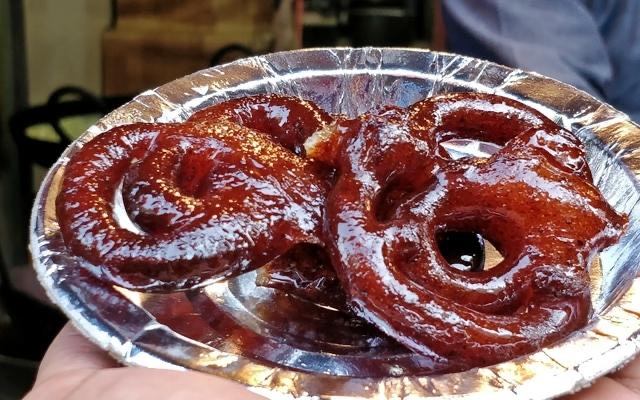
Sultan Ji Sweets, Jama Masjid
Mohabbat Ki Sharbat and Gur Sharbat: Refreshing Delights of Jama Masjid
Beyond the delightful array of Mughlai sweets, Jama Masjid is also renowned for its unique and refreshing beverages, each a testament to the area’s rich sweet traditions.
One standout drink is Mohabbat Ki Sharbat, famously offered by Nawab Qureshi. This beloved beverage, particularly enjoyed during Ramadan, features a tantalising blend of fresh milk and Rooh Afza, crowned with juicy watermelon cubes. Priced at just ₹10 per glass, this pink-hued drink symbolises love and tradition, with the watermelon adding a crisp, refreshing twist to its sweetness.
Another must-try is Gur Ka Sharbat, available for just ₹5 at Pahadi Imli and served by Akhil Ahmed. This traditional Mughlai drink is made from jaggery juice infused with raw lemon, delivering a unique and authentic flavour. Pahadi Imli has been serving this refreshing sharbat since 1947, and the brass spoon used to mix the drink has been part of the shop’s history since its inception.
Both of these drinks are emblematic of the rich culinary heritage surrounding Jama Masjid, Delhi, offering a refreshing complement to the area’s vibrant traditions and Mughlai sweets.
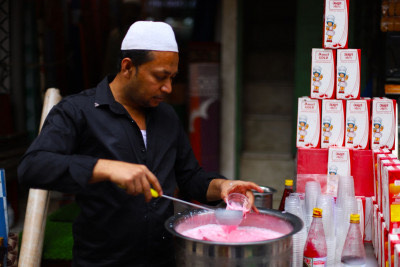
Mohabbat ka Sharbat
Legacy and Preservation of Mughal Sweets
The rich culinary history of the Mughals continues to flourish in the streets around Jama Masjid, where vendors proudly serve their ancestors’ recipes to both locals and visitors. Many of these time-honoured recipes, passed down through generations, still employ traditional methods of preparation. Each bite of these Mughlai sweets is not just a sugary treat but a taste of history.
The allure of Mughal sweets lies in their intricate preparation, rich ingredients, and timeless flavours. Whether you’re indulging in the luxurious Shahi Tukda or savouring the creamy simplicity of phirni, the legacy of Mughal dessert-making thrives in the vibrant streets of Jama Masjid.
If you ever find yourself wandering the narrow lanes of Old Delhi, make sure to stop and savour these sweet traditions. They are not just desserts but stories of a rich past, carrying forward the sweet traditions of an empire that once ruled India. With each bite, you’re transported back to the Mughal era, where food was sustenance and an art form to be savoured.
References:
https://indianexpress.com/article/cities/delhi/ramzan-delicacies-jama-masjid-lanes-draw-foodies-8565336/
https://i.ytimg.com/vi/XDRD2f7mn9c/maxresdefault.jpg
https://res.cloudinary.com/purnesh/image/upload/w_1080,f_auto/shaahi-tukda-thumbnail.jpg
https://crazymasalafood.com/wp-content/images/2021/10/9Village-The-Soul-of-India.jpg
https://live.staticflickr.com/3489/3935539819_3ee413b76d_b.jpg
https://images.sbs.com.au/dims4/default/3b6e71f/2147483647/strip/true/crop/648×365+0+77/resize/1280×720!/quality/90/?url=http:%2F%2Fsbs-au-brightspot.s3.amazonaws.com%2Fdrupal%2Fnews%2Fpublic%2Fimages%2Fgallery%2F6907%2FIndia_Eid_120820_b_getty.JPG&imwidth=1280
https://im.whatshot.in/img/2018/Jan/story-1-1515737749.jpg
https://image.pixstory.com/optimized/Pixstory-image-161667328489197.jpg


